Aston is really like Dexter in his Laboratory. He is always trying to experiment with different types of beef just for the fun of it. (I think he simply enjoys the look of delight when someone tastes something like Wagyu for the very first time) And the best part of it is that the prices are kept reasonable so that if you are a beef lover like me, you can afford to try all sorts of Beef which are usually sold at high end restaurants at exorbitant prices.
I had blogged about Grade 5 Wagyu back in October last year. Before that I had tried Wagyu in several restaurants before and really did not think it was as good as people make it out to be. The problem was that anyone can claim that they sell Wagyu, but they don’t actually tell you what grade Wagyu you are actually getting. For example, you can buy Grade 3 Wagyu at Espirito Santo at Parkway Parade for $150 per kg but a Grade 9 Wagyu at Isetan (Shaw) would cost $250.
Fullblood vs Purebred Wagyu
When I heard that Aston had brought in a few pieces of Grade 9 “Platinum” Wagyu, I just had to go try it. This Wagyu was supposed to be different from the Grade 5 Wagyu because first of all, there is a higher Marbling Score (Click Here for details of the Aust Grading System – Maximum score was 9 but I hear that they have raised it to 12), and secondly the Wagyu was derived from Fullblood as opposed to Purebred cattle. Most cattle bred outside of Japan are Purebred cattle in which a Wagyu Sire is crossed with another breed of beef cattle, commonly the Angus. However, Mayura Station (The ranch where the steak came from) in South Australia had embarked on a program in 1998 to breed Fullblood Wagyu which means both Papa Cow and Mama Cow are Pure Wagyu which were imported from Japan. (Like myself, a Fullblood Teochew, both sets of Grandparents from Swatow in China!)
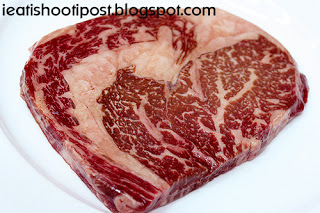
Grade 9 Wagyu (fullblood) from Mayura Station (South Australia)
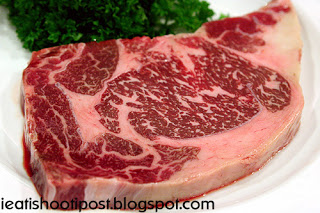
Grade 5 Wagyu from purebred (crossbreed) cattle
Is this really the Best?
According to Aston’s supplier, this is the most expensive grade of Beef they have in their inventory and it is being supplied to high end Japanese and European Restaurants where a steak could cost $150-$200. My first impression of the Beef was: “Is this really Grade 9 Marbling?” I had seen pictures such as the one shown here which is really impressive (This one was graded 9+ since it was graded when max was 9). The steak I was shown was indeed nicely marbled but when compared to the Grade 5 Wagyu, I was wondering if the price difference ($75 vs $38) was really justified. (Of course you have to bear in mind that it is not just about marbling, but other things like Breed, texture, colour of meat and fat also play a role in the grading and pricing of the meat)
The Taste Test
Now before you rush out to buy a $60 Wagyu steak and cook it yourself, there are some things you have to bear in mind. Wagyu beef is different from your normal beef in that it is higher in monounsaturated fats than normal beef. (Some articles put the ratio as 2:1 or at least 70% monounsaturated fats). Having a higher level of monounsaturated fats means that the meat must be kept below 7 degrees celcius or the fat will start melting. And if you like your steak well done, you might as well forget about eating Wagyu because the best way to eat it is at least medium rare. When Wagyu is overcooked, all the fats melt away and you are left with a tasteless chewy piece of meat. So, it is good to have someone with a open flame cast iron grill (like Aston) who knows how to sear the steak properly, cook it for you.
Wagyu smells different from your normal steak. I can only describe it as a flowery sweet perfume like scent. The meat is very tender and very juicy and the taste lingers on your palette for a while. The taste is a bit different from USDA Angus steak, its sweeter and more aromatic but the “Beefiness” is different, being more delicately floral rather then robustly beefy.
Is Wagyu Really Healthier?
Since Wagyu is high in monounsaturated fats (like salmon), it should be good for you right? Most Beef Suppliers (and consumers!) would love to believe that this is true. But is it? Please refer to this article on my Medical Blog to read more of what I think about this claim.
Conclusion
Eating a Grade 9 Wagyu is not something you can afford to do everyday. Its something I’d do just for the sake of saying that I have tried Grade 9 Wagyu (Now my next goal is to try Grade 12 which does not get imported into Singapore-according to Aston’s supplier). The problem is, now that I have tried it, eating a normal steak may not give me as much satisfaction as it did before (ignorance is bliss). Whatever it is, I am glad that Aston has made it more affordable for any beeflover to partake of this “King of Beef”
A 200g portion costs $75 and comes with 2 sides.
PS: Aston had brought in only a limited amount of the Wagyu Grade 9 to see if there is demand for such a steak. There is currently no plans to bring in another batch. So if you want to try it, do write in the comments here, at aston’s website: astonsspecialties.blogspot.com or just SMS him.



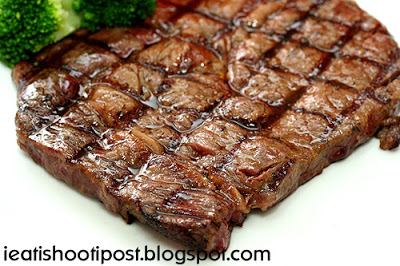

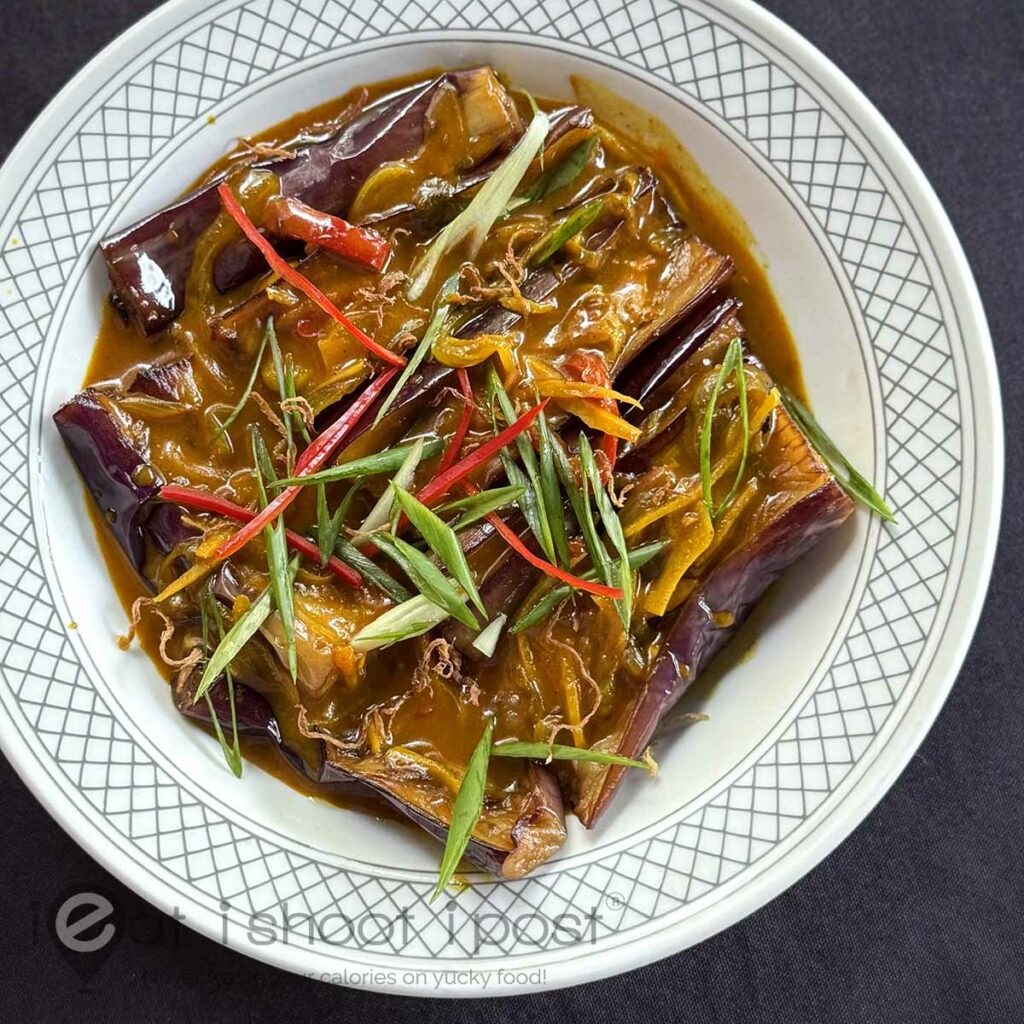
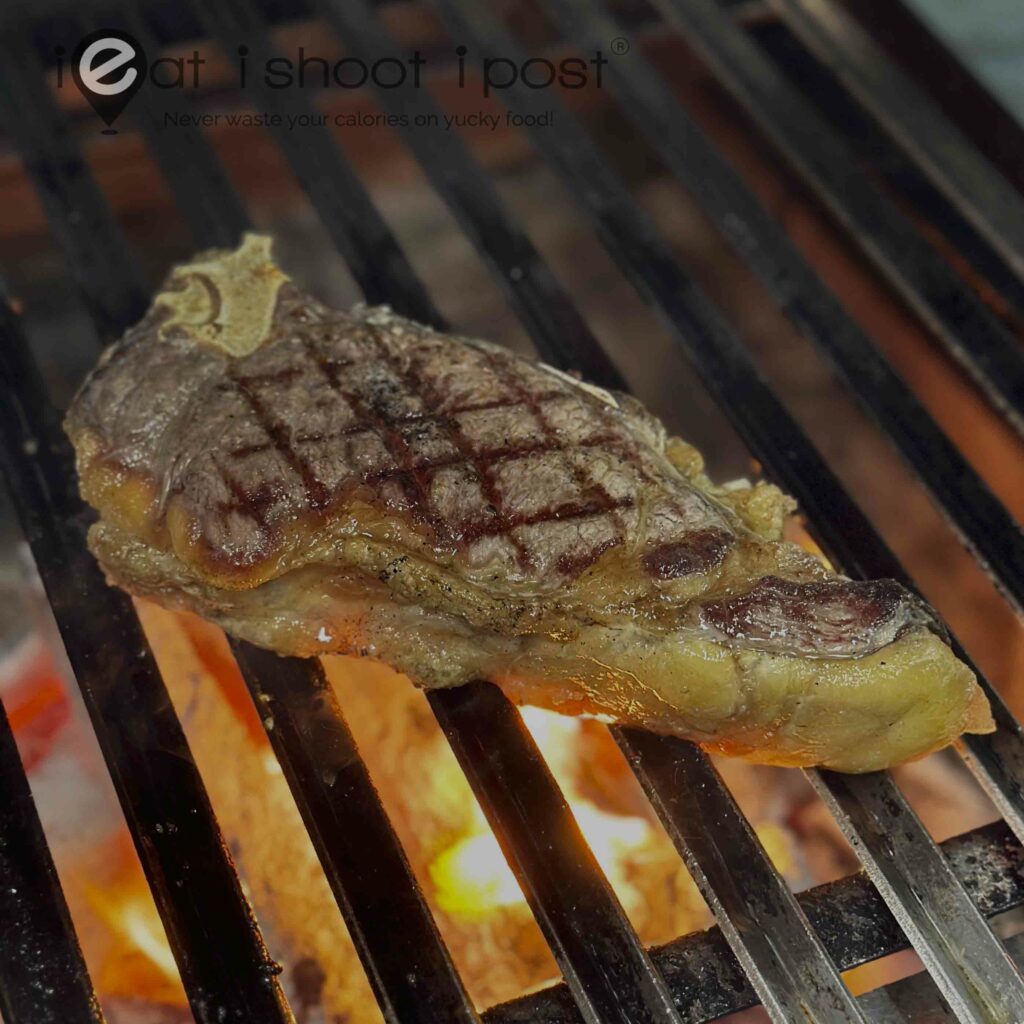
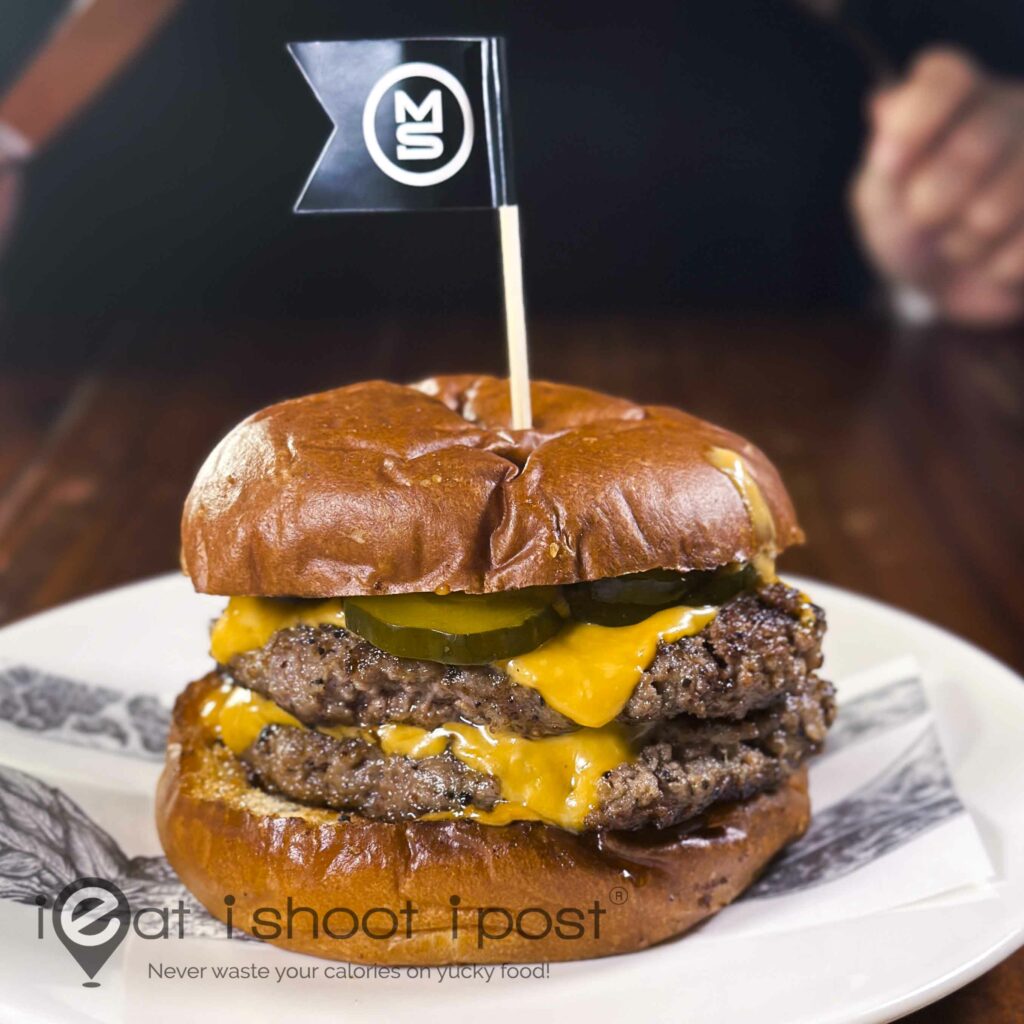
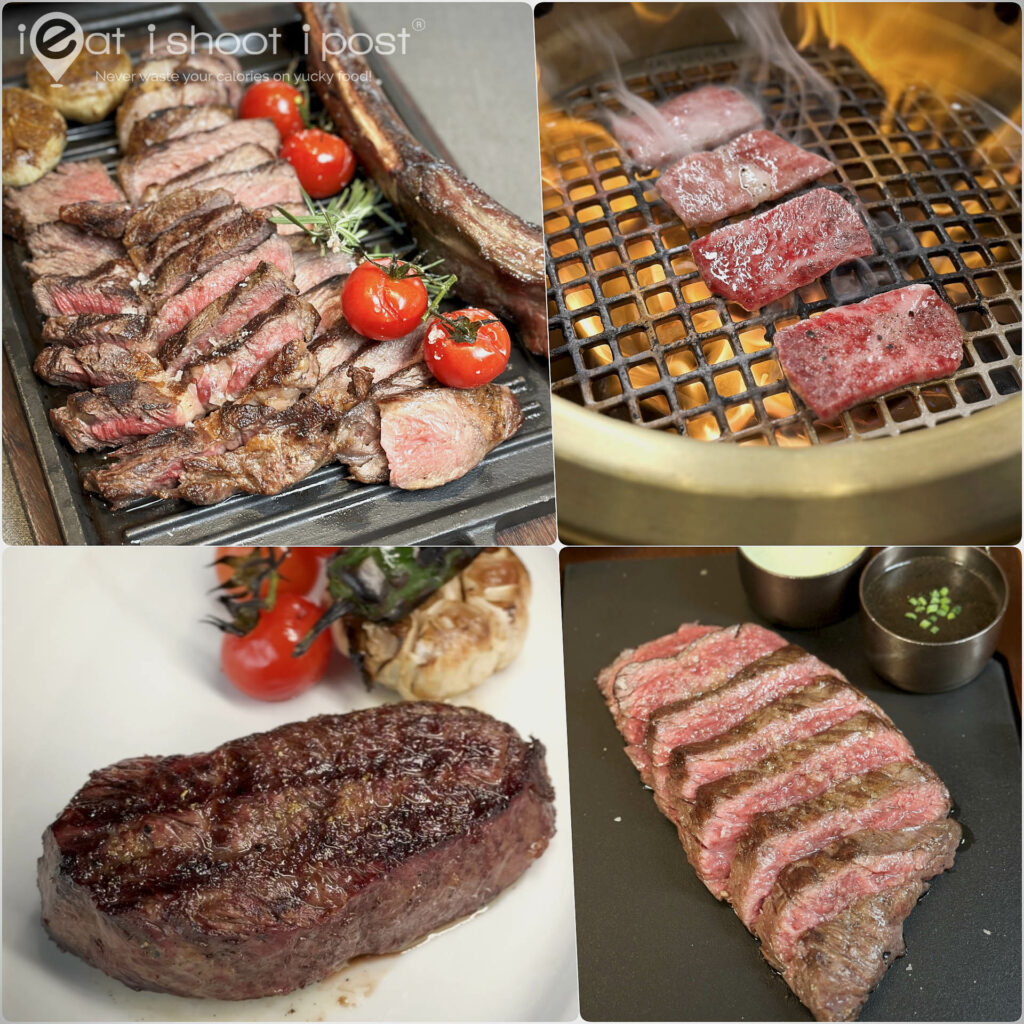

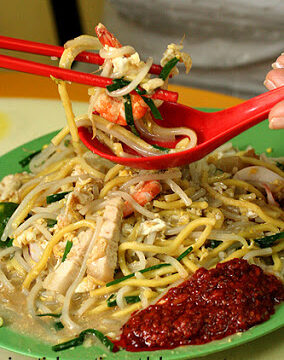



Compared to Texas Longhorn, which is healthier?
Wagyu cattle has higher amt of monounsaturated fats, so theorectially it should be healthier